PERFORMANCE STANDARDS

about
At H2HUBB, we’ve spent nearly a decade testing, analyzing, and evaluating a wide range of hydrogen products—from water bottles to inhalation devices and everything in between. Our long-standing work with hydrogen-focused engineers and medical researchers has helped us develop a set of core performance standards that guide all of our product evaluations.
What you’ll find on this page are the foundational benchmarks we use when considering whether to recommend a hydrogen product. While these are not the only criteria we assess, they represent the essential standards we believe every consumer should be aware of when comparing hydrogen devices.
These standards are designed to ensure product performance aligns with what’s been shown to be effective in peer-reviewed scientific research. Our benchmarks are also aligned with those of the International Hydrogen Standards Association (IHSA), helping us stay consistent with globally recognized protocols in the hydrogen health space.
At H2HUBB, we believe in transparency, education, and empowering consumers to make informed choices. That’s why we’ve made these key standards public—for your clarity and confidence as you explore hydrogen therapy.
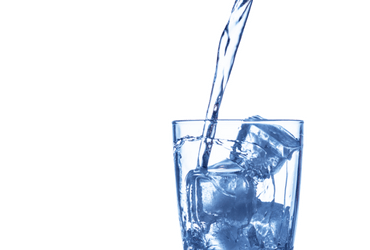
hydrogen infusion machines (HIMs)
These H2 water systems are normally flow through devices that utilize PEM/SPE membrane technology. This allows these devices to infuse the source water with pure hydrogen gas without altering the pH of water.
- Must produce 0.8 mg/L (ppm) consistently
- Water flow rate must be at least 1 liter/minute
- Must produce 0.8~1 mg H2/minute
- Must allow individuals to ingest the therapeutic target level of 1~3 mg of H2 per day by drinking 2 liters or less.

Batch Pressurized chamber HIMs
- Must produce 1.6 mg/L (ppm) or above consistently
- Dispensing flow rate must be 1 liter/minute or above
- Must produce 0.8~1 mg H2/minute
- Must allow individuals to ingest the therapeutic target level of 1~3 mg of H2 per day by drinking 1 liter or less.
- No longer than 45 minutes to produce a batch

H2 effervescent tablets
H2 tablets use elemental magnesium to produce hydrogen gas in water. These tablets can produce great levels of dissolved H2 if used properly. They are great for ingesting hydrogen while traveling or on the run.
H2 tablets create hydrogen gas via the reaction of magnesium to water as follows:
Mg + 2H2O => Mg(OH)2 + H2
- Must produce 0.8 mg/L (ppm) consistently
- Water must remain palatable
- Must allow individuals to ingest the therapeutic target of 1~3 mg of H2 per day by drinking 1 liter or less

Portable hydrogen water generators
Portable hydrogen water generators are small battery-operated devices that produce hydrogen water on demand in the range of 250~500 ml (8~16 oz). These system require the use of filtered water, and most designs incorporate PEM/SPE technology.
- Must utilize PEM/SPE H2 cell assembly
- Must not contaminate drinking water with Ozone
- Must not contaminate drinking water with Chlorine
- Cycle time no longer than 20 minutes
- Must provide 0.8 mg of H2 within serving size (e.g. two bottles per day) and not exceeding 1 liter of water (33.8 oz)
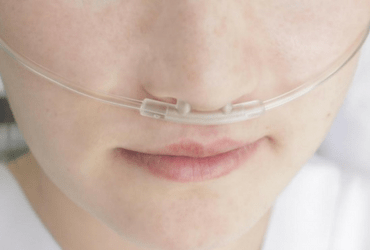
Pure Hydrogen Inhalation Devices
These devices use distilled water and PEM/SPE technology to produce pure hydrogen gas for inhalation. The use of distilled water eliminates the possibility of adding contaminants to the inhaled gas.
- Must produce at least 120 ml/minute of H2
- At minimum 4N H2 gas purity (99.99)
- Include some form of H2 gas filtration
- Include some form safety mechanism
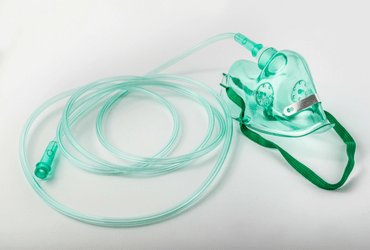
oxy-Hydrogen inhalation devices
Oxy-Hydrogen inhalation units use water electrolysis to produce Oxygen and Hydrogen for inhalation.
- Must produce 2~4 % of H2 at typical resting breathing rates (i.e. 120~240 ml/min)
- Include some form of H2 gas filtration
- Include some form of safety device
- Must use H2HUBB approved electrolytes (i.e. NaOH)
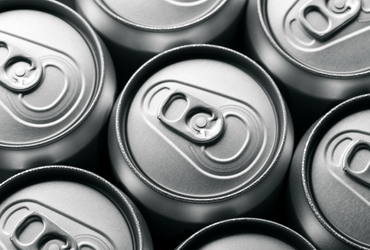
Pre-packaged hydrogen water
This type of hydrogen product comes ready to drink from the manufacture.The dissolved hydrogen can be placed into pure water or flavored water. Shelf-life of a year or more is achieved using aluminum cans.
- Must have adequate packaging (i.e. Aluminum can)
- Must contain 0.4 mg of H2 per can or more (i.e. 1.6ppm/8.3 oz)
- Must allow individuals to intake a therapeutic amount of 0.8~1 mg of H2 per day (2 cans or under)
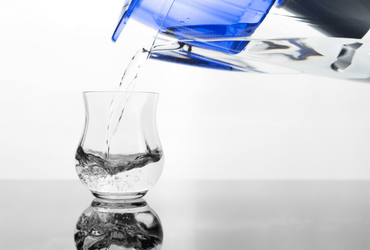
hydrogen water pitchers
Hydrogen water pitchers primarily utilize PEM/SPE technology to produce hydrogen gas. These systems normally hold 1~2 liters of water in their reservoir. These units typically have a cycle time of 10~45 mins during which hydrogen gas is bubbled into the water.
- Must utilize PEM/SPE H2 cell assembly
- Must produce 0.8 mg/L (ppm) consistently
- Must provide 0.8 mg of H2 within reservoir volume size (e.g. 0.8 mg/L x 1.0 L = 0.8 mg of H2)
- Must not contaminate drinking water with Chlorine
- Must not contaminate drinking water with Ozone
- Must allow individuals to ingest the therapeutic target level of 1~3 mg of H2 per day

Water Ionizers
- Must produce 0.8 mg/L (ppm) consistently
- Water flow rate must be at least 1 liter/minute
- Must produce 0.8~1 mg H2/minute
- The hydrogen water must remain below 9.5 pH while providing H2HUBB's minimum dissolved H2 concentration standard
- Source water conditions must be adequate for efficient water electrolysis (tds above 100 ppm)
- Must allow individuals to ingest the therapeutic target level of 1~3 mg of H2 per day by drinking 2 liters or less.
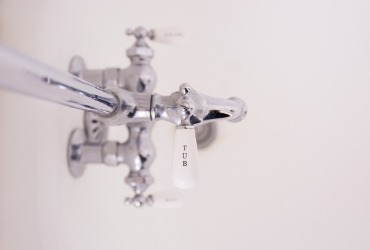
Hydrogen Bath Products
Hydrogen bath products and/or systems are designed to infuse bath water (whole baths, foot baths, etc.) with hydrogen gas. These products include powders, tablets and electrolytic devices.
- Must produce a minimum of 0.3 mg/L (ppm).
- Minimum mg/L (ppm) concentration must be achieved in a minimum of 3L of water.
- The device or product must generate the minimum therapeutic concentration of H2 at typical bath water temperatures (95-100F)
- The device or product must generate the minimum therapeutic concentration of H2 within 20 mins.
- Must have adequate safety features.
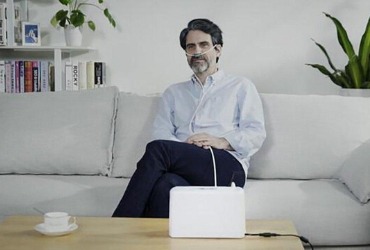
Portable hydrogen Inhalation device
- Must produce at least 50 mL/minute of H2 (50 mL/min ≈ >1% H2 at resting breathing rates (4-6 L/min)
- At minimum 4N H2 gas purity (99.99)
- Include some form of H2 gas filtration
- Include some form of safety device
- See absolute minimum flow rate (mL/min) standard below for further details
Smaller Inhalation Units
There have been a number of studies demonstrating that 1-1.3% (vol/vol) of H2 may offer therapeutic potential. That is equivalent to 50-78 mL/min @ 5‐6L/min gas exchange or ventilation minute. For this reason, we made this the absolute minimum threshold or standard for our recommendation for smaller inhalation units (e.g. portable devices).
“As demonstrated by studies, 1–4 % (v/v) H2 gas delivered through inhalation is effective as a treatment for I/R injury [72]” https://www.sciencedirect.com/science/article/pii/S0753332220307824
“from the National Cerebral and Cardiovascular Center (Osaka, Japan), which verified that inhalation of 1–4% hydrogen gas alleviated tissue damage and reduced the infarct size.” https://www.ncbi.nlm.nih.gov/pmc/articles/PMC5891106/
“They also showed that this aberrant oxidization of phospholipid was observed with a low concentration of hydrogen (at least 1.3 %), suggesting that the biological effects of hydrogen could be explained by the aberrant oxidation of phospholipid under hydrogen exposure. https://www.ncbi.nlm.nih.gov/pmc/articles/PMC4610055/
“In addition to hydrogen administration in water or saline, hydrogen-containing gas (HCG) (1.3% hydrogen + 20.8% oxygen + 77.9% nitrogen) is also a viable option.” https://www.ncbi.nlm.nih.gov/pmc/articles/PMC6600250/
“For example, one group reported that inhalation of 1% H2 gas or drinking H2 water attenuated the cisplatin-induced nephrotoxicity, mortality, and loss of body weight.” https://www.ncbi.nlm.nih.gov/pmc/articles/PMC6600250/
Until IHSA (http://www.intlhsa.org/), develops H2 inhalation standards we have to set minimum standards based on the entirety of the current data. This minimum threshold or standard only applies for legitimate portable inhalation units or smaller inhalation units. Any recommended product that is approved at this mL/min minimum standard will be listed at a Tier 1 status. This minimum standard will not apply for larger or flagship H2 inhalation systems, their minimum standard will remain 120 mL/min. Lastly, this standard is subject to change as the biomedical research of hydrogen progresses or if IHSA develops H2 inhalation standards.
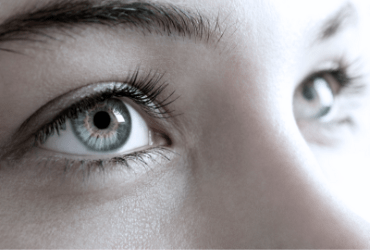
Hydrogen Goggles
- H2 goggles must fit securely with minimal to no air gaps.
- H2 goggles must be used with PEM/SPE technology.
- The H2 gas flow rate supplied to the goggles must be at least 10 mL/min.
- The session time-frame must be at least 30 minutes.
Methods to Produce
HYDROGEN
There are many ways to produce hydrogen, but how exactly to they work? With all the misconceptions out there, it is important to know the difference.
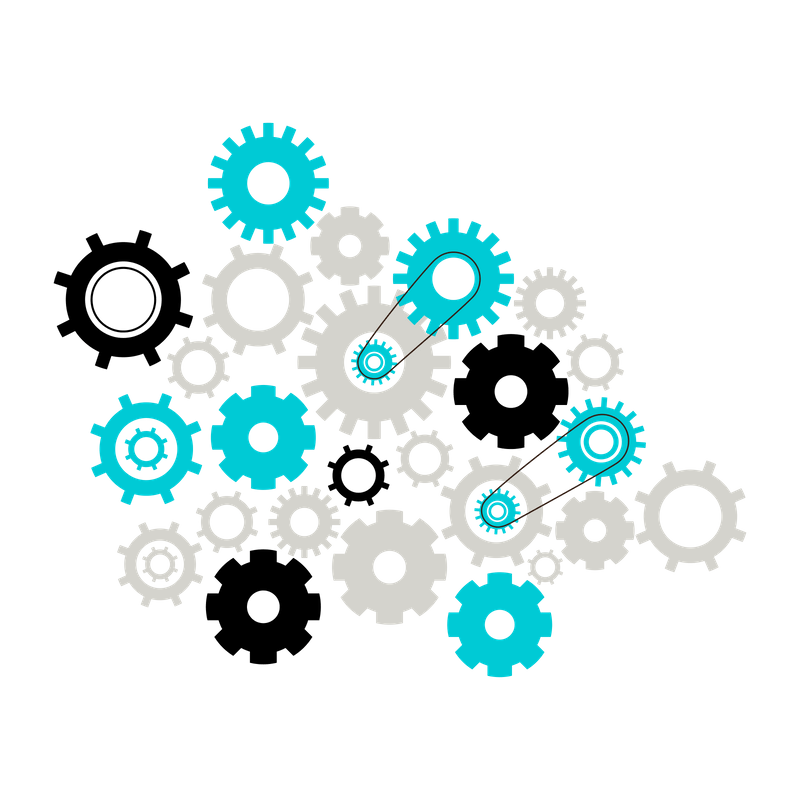
let's work together!
Think your H2 product can perform past our standards? We would LOVE to test your product! Contact us today!
